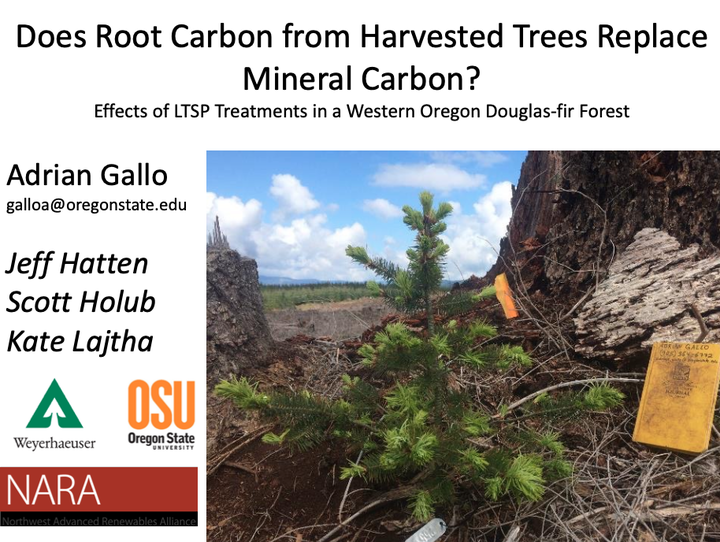Responses in soil following intensive biomass and compaction treatments in the Oregon Cascades

TLDR
I was incredibly surprised at just how resiliant these soils are to intense biomass removals and compaction treatments. It may be temping to think all foresets might respond this way, but I strongly disagree. This is one of the most productive forests in the Pacific Northwest. But not all sites will have this much sun, very deep soils practically absent of rock really helps plant available water, with a heavy pedogenic influence from volcanic activity. Starting with a soil bulk density of ~0.6 g/cm3 is getting into Andisol territory. But all the compaction in the world only got the soils to ~0.88 g/cm3. Basically, if you start with a oober-productive site, it’s pretty hard to mess it up. That is, unless fires come through.
Fall 2022 update I finally got my act together and submitted this to the Soil Science Society of America Journal and it was accepted for publication! I have author pre-preprints, but once the final type-set version is provided I’ll make sure to add that link here.
Download the original presentation PDF, or the actual Masters thesis.